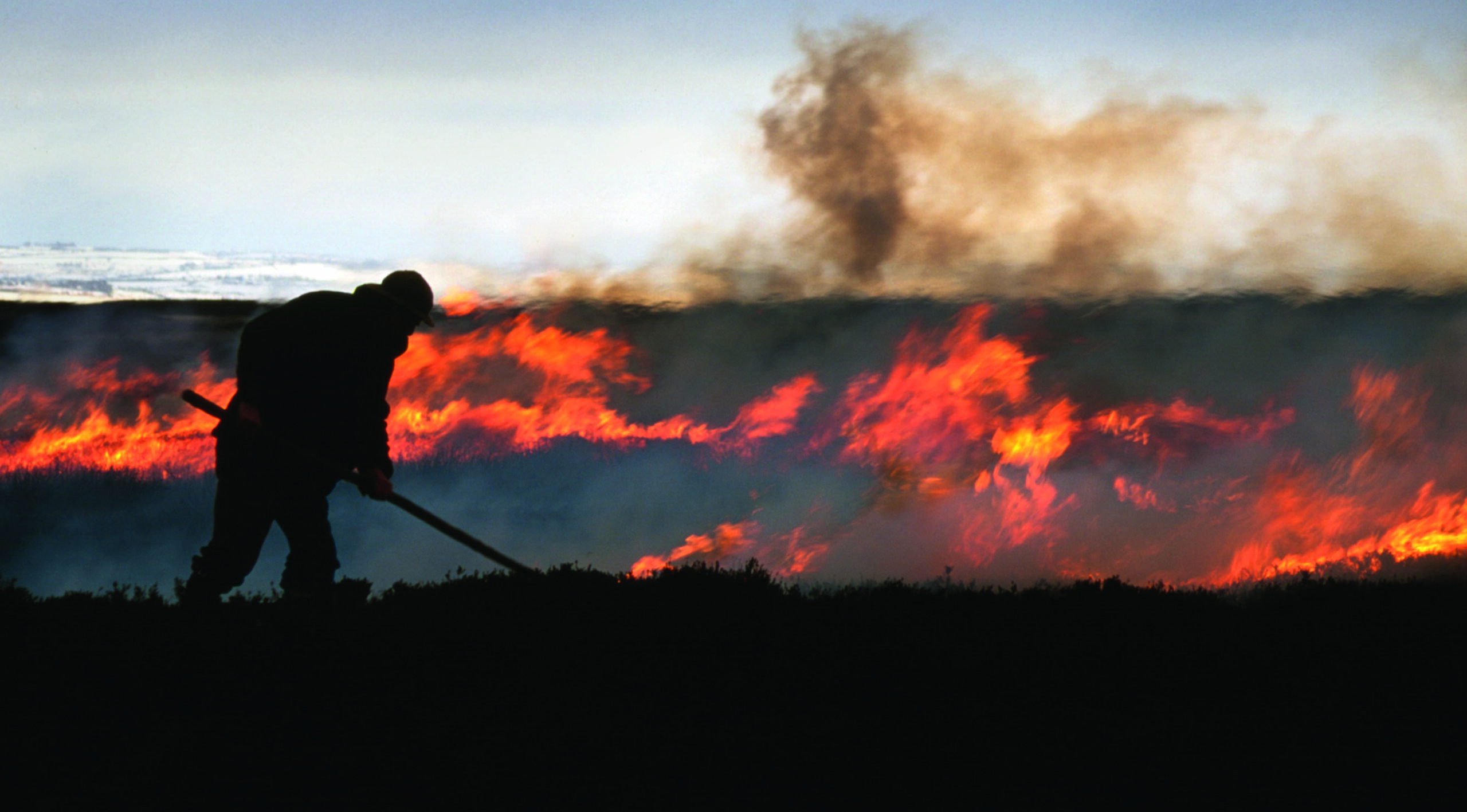Soaring deer population coincides with tick explosion
The study was carried out by a team of research scientists from the Game & Wildlife Conservation Trust (GWCT), the Oxford Tick Research Group and the Wildlife Conservation Research Unit based at the University of Oxford.
The researchers examined how changes in tick abundance are linked to changes in host availability, and found that the increase in deer numbers over recent decades has made them the most important hosts in British woodlands.
Ticks carry a variety of diseases that can have a devastating impact on livestock and wildlife, including Lyme disease, Babesiosis and louping ill, to which domestic and game animals are particularly vulnerable.
Evidence for the study was gathered by distributing a survey through the GWCT and the Heather Trust, with additional information gathered from stalkers on Ministry of Defence (MoD) estates.
The survey added many new locations to previously recorded distribution of ticks, and overall abundance was found to have increased in many parts of Britain.
Of those who responded to the survey, 41 per cent reported the presence of tick-borne diseases, with the most common being louping ill, which is the most economically threatening to livestock, and Lyme disease, which is the greatest health threat to humans.
Dr Adam Smith from the GWCT said: “This study raises a number of important issues about the growth of our tick population, particularly as tick-borne diseases are becoming more prevalent.
“We certainly need best practice management of hosts to be implemented to reduce their impact.
“Further studies are also needed to consider whether we need to manage our rapidly expanding deer population better, or find ways of treating deer in order to reduce tick numbers.
“We need to develop an effective strategy in a timely manner.”








